Trip hop is a musical genre that originated in the late 1980s in the United Kingdom, especially Bristol. It has been described as a psychedelic fusion of hip hop and electronica with slow tempos and an atmospheric sound, often incorporating elements of jazz, soul, funk, reggae, dub, R&B, and other forms of electronic music, as well as sampling from movie soundtracks and other eclectic sources.

Uncle Jam Wants You is a concept album by American funk rock band Funkadelic. It was released by Warner Bros. Records in 1979, and was later reissued on CD by Priority Records. It was produced by George Clinton under the alias Dr. Funkenstein. It is the first Funkadelic album since America Eats Its Young in 1972 not to sport a cover illustrated by Funkadelic artist Pedro Bell, though Bell did provide artwork for the album’s back cover and interior. Uncle Jam Wants You was the second Funkadelic album to be certified gold. The album peaked at No. 18 on the Billboard 200 and No. 2 on the Billboard Top R&B/Hip-Hop Albums chart.

Blue Lines is the debut studio album by English electronic music group Massive Attack, released on 8 April 1991 by Wild Bunch and Virgin Records. The recording was led by members Grantley "Daddy G" Marshall, Robert "3D" Del Naja, Adrian "Tricky" Thaws, and Andrew "Mushroom" Vowles, with co-production by Jonny Dollar. It also features contributions by singers Shara Nelson and Horace Andy. Generally regarded as the first "trip hop" album, Blue Lines blended elements of hip hop with dub, soul, reggae, and electronic music.
Downtempo is a broad label for electronic music that features an atmospheric sound and slower beats than would typically be found in dance music. Closely related to ambient music but with greater emphasis on rhythm, the style may be played in relaxation clubs or as "warm-up or cool-down" music during a DJ set. Examples of downtempo subgenres include trip hop, ambient house, chillwave, psybient and lofi hip hop.

Dummy is the debut studio album by English electronic music band Portishead, released on 22 August 1994 by Go! Beat Records.
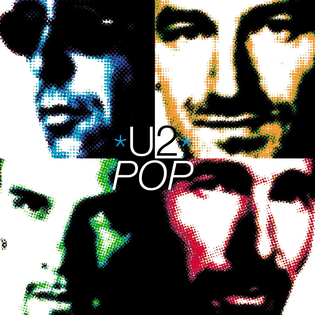
Pop is the ninth studio album by Irish rock band U2. It was produced by Flood, Howie B, and Steve Osborne, and was released on 3 March 1997 on Island Records. The album was a continuation of the band's 1990s musical reinvention, as they incorporated alternative rock, techno, dance, and electronica influences into their sound. Pop employed a variety of production techniques that were relatively new to U2, including sampling, loops, programmed drum machines, and sequencing.

Talking Book is the fifteenth studio album by American singer, songwriter, and musician Stevie Wonder, released on October 27, 1972, by Tamla, a subsidiary of Motown Records. This album and Music of My Mind, released earlier the same year, are generally considered to mark the start of Wonder's "classic period". The sound of the album is sharply defined by Wonder's use of keyboards and synthesizers.

Chill Out is the third studio album by British electronic music group The KLF, released on 5 February 1990. It is an ambient-styled concept album featuring an extensive selection of samples, portraying a mythical night-time journey throughout the U.S. Gulf Coast states, beginning in Texas and ending in Louisiana. Chill Out was conceived as a continuous piece of music, with original KLF music interwoven with samples from songs by Elvis Presley, Fleetwood Mac, Acker Bilk, Van Halen, 808 State and field recordings of Tuvan throat singers.

Endtroducing..... is the debut studio album by American music producer DJ Shadow, released on September 16, 1996, by Mo' Wax. It is an instrumental hip hop work composed almost entirely of samples from vinyl records. DJ Shadow produced Endtroducing over two years, using an Akai MPC60 sampler and little other equipment. He edited and layered samples to create new tracks of varying moods and tempos.

Sessions 2000 is the fourteenth studio album by French electronic musician and composer Jean-Michel Jarre, released on Disques Dreyfus and distributed by Sony Music in 2002. On January 7, 2003 was released in US. Sessions 2000 featured Francis Rimbert, and was recorded at Croissy studio and later mixed at Square Prod studio by Joachim Garraud. The album reached the 140th position in French charts.
Chill-out is a loosely defined form of popular music characterized by slow tempos and relaxed moods. The definition of "chill-out music" has evolved throughout the decades, and generally refers to anything that might be identified as a modern type of easy listening.
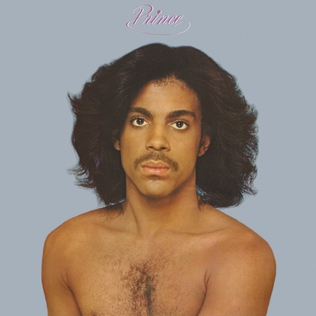
Prince is the second studio album by the American musician Prince. It was released on October 19, 1979, by Warner Bros. Records. The album was written, arranged, composed, produced and performed entirely by Prince. Overall, Prince was regarded as more diverse than For You (1978), and performed better critically and commercially. Reviewing in Christgau's Record Guide: Rock Albums of the Seventies (1981), Robert Christgau wrote: "This boy is going to be a big star, and he deserves it".
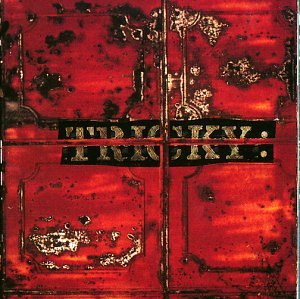
Maxinquaye is the debut album by English rapper and producer Tricky, released on 20 February 1995 by 4th & B'way Records, a subsidiary of Island Records. In the years leading up to the album, Tricky had grown frustrated with his limited role in the musical group Massive Attack and wanted to pursue an independent project. Shortly after, he met with vocalist Martina Topley-Bird, who he felt would offer a wider vision to his music, and signed a solo contract with 4th & B'way in 1993. Tricky recorded Maxinquaye the following year primarily at his home studio in London, with Topley-Bird serving as the album's main vocalist, while Alison Goldfrapp, Ragga and Mark Stewart performed additional vocals.

Hot Trip to Heaven is the fifth studio album by British rock band Love and Rockets, released in 1994 on Beggars Banquet in the United Kingdom and American in the United States. Released after a five-year hiatus, the album saw the band drop their former gothic, alternative rock sound in favour of a hi-tech electronic, ambient direction, taking influences from ambient techno artists such as The Orb and Orbital, while retaining the band's psychedelic focus. The group were first intrigued in making electronic music at the start of the decade.
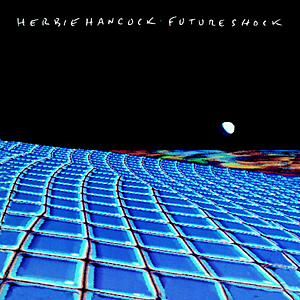
Future Shock is the twenty-ninth album by American jazz pianist Herbie Hancock, released in August 1983 by Columbia Records. It was his first release from his electro-funk era and an early example of instrumental hip hop. Participating musicians include bass guitarist Bill Laswell, guitarist Pete Cosey and drummer Sly Dunbar.
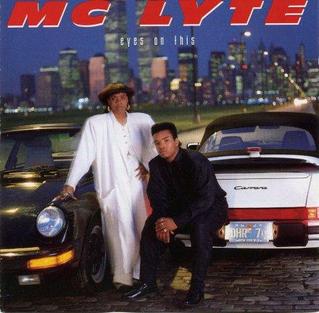
Eyes on This is the second studio album American hip hop recording artist MC Lyte. It was released on October 3, 1989, via First Priority and Atlantic Records, and featured production from Audio Two, as well as Grand Puba, The King of Chill, Marley Marl and PMD.
Adult contemporary music (AC) is a form of radio-played popular music, ranging from 1960s vocal and 1970s soft rock music to predominantly ballad-heavy music of the 1980s to the present day, with varying degrees of easy listening, pop, soul, R&B, quiet storm and rock influence. Adult contemporary is generally a continuation of the easy listening and soft rock style that became popular in the 1960s and 1970s with some adjustments that reflect the evolution of pop/rock music.













